Eight not-to-be-missed shows offer scores of creators and local art traditions from New York, Puerto Rico and the Caribbean, Mexico and South America.
You don’t need to know anything about art to be stopped in your tracks by what’s on the walls of El Museo del Barrio these days: the fantastic ballpoint pen drawings by Consuelo (Chelo) González Amézcua (1903-1975), a Mexican immigrant to Texas; the stupefyingly intricate collages of Felipe Jesus Consalvos, who was born in Havana and died in Philadelphia, where in 1983 his life’s work was found in a garage sale; and the pictographic paintings of Puerto Rican-born Eloy Blanco (1933-1984), who came to New York City to study art and learned from fellow Latinos about the Indigenous Taino culture of his homeland — a culture he ended up making the wellspring of his work.
This season has brought a bounty of historical shows of Latin American and Latino art, two cultural categories that are closely related without being interchangeable. Latin American is generally understood to designate art originating in the southern hemisphere of the Americas. Latino (with its Latina and Latinx cognates) refers to work by artists of Latin American descent working in the United States. But both terms are spacious and mutable.
(…)
The Galleries
José Antonio Fernández-Muro, “New York Cover II" (1964) at Institute for Studies on Latin American Art.Credit. Estate of José Antonio Fernández-Muro and Institute for Studies on Latin American Art.
Work by Latin American artists who produced art in the United States can also be found in galleries. A small show called “José Antonio Fernández-Muro: Geometry in Transfer” at the Institute for Studies on Latin American Art (ISLAA), on the Upper East Side, surveys work from the late 1950s and early 1960s, when the Argentine artist moved, with his wife, the painter Sarah Grilo, to New York from Buenos Aires. In South America he was associated with an ethereal and utopian strain of geometric abstraction. In New York, the quietist impulse hit a bump: paintings were based on rubbings he made of Manhattan sewer grates and manhole covers. The show, organized by Megan Kincaid, an instructor at New York University, gives us both before and after work, equally beautiful.
(…)
More info here.







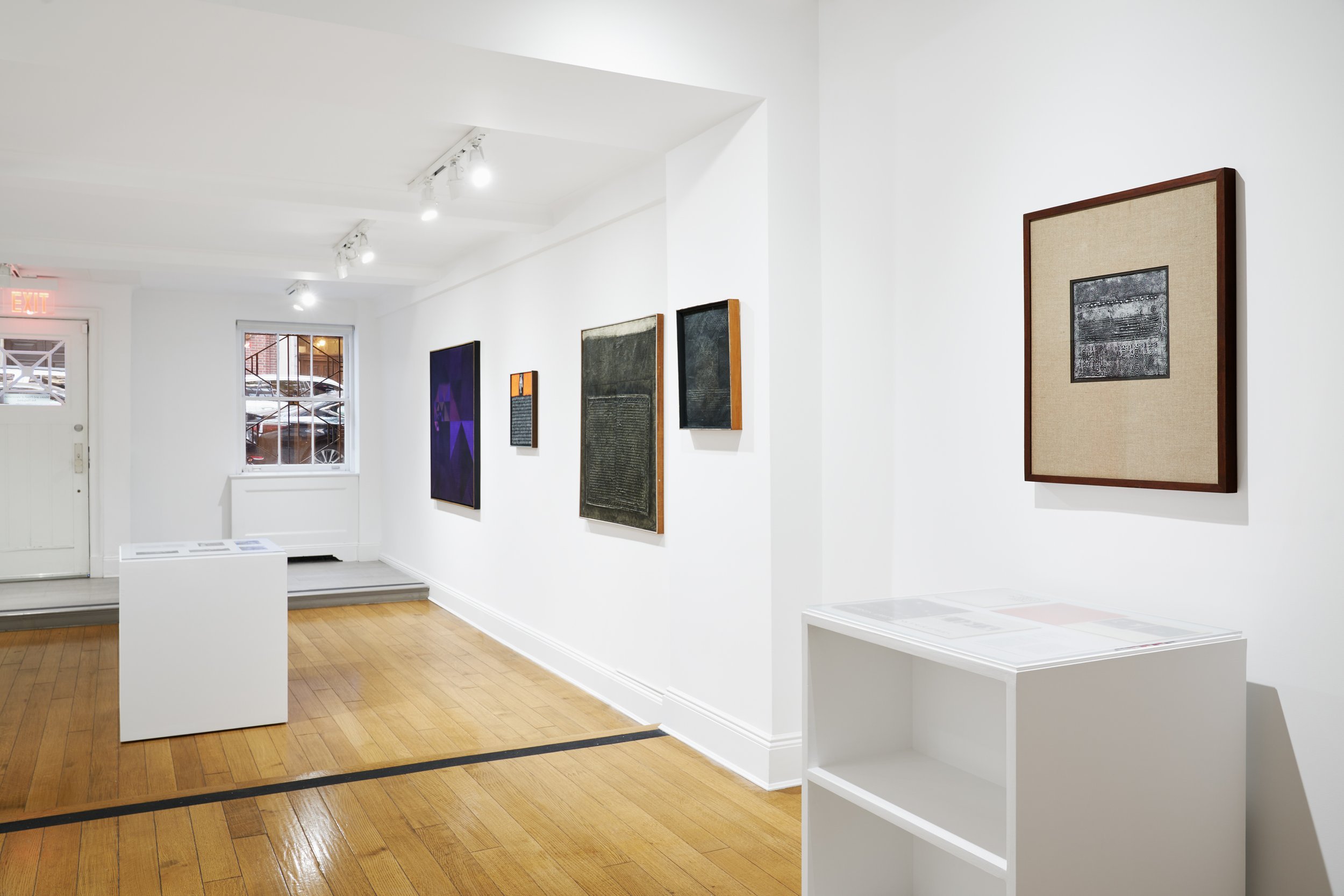
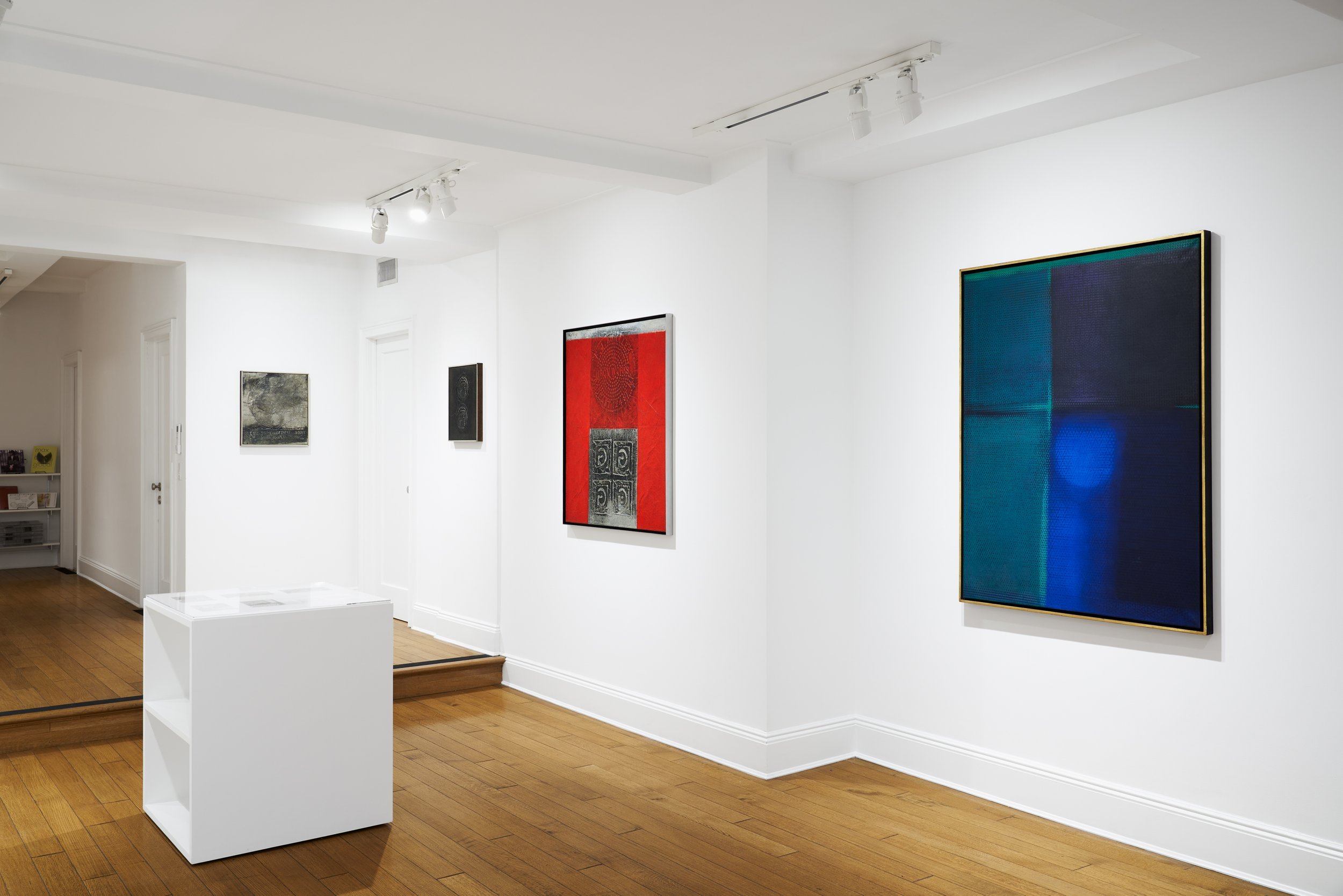
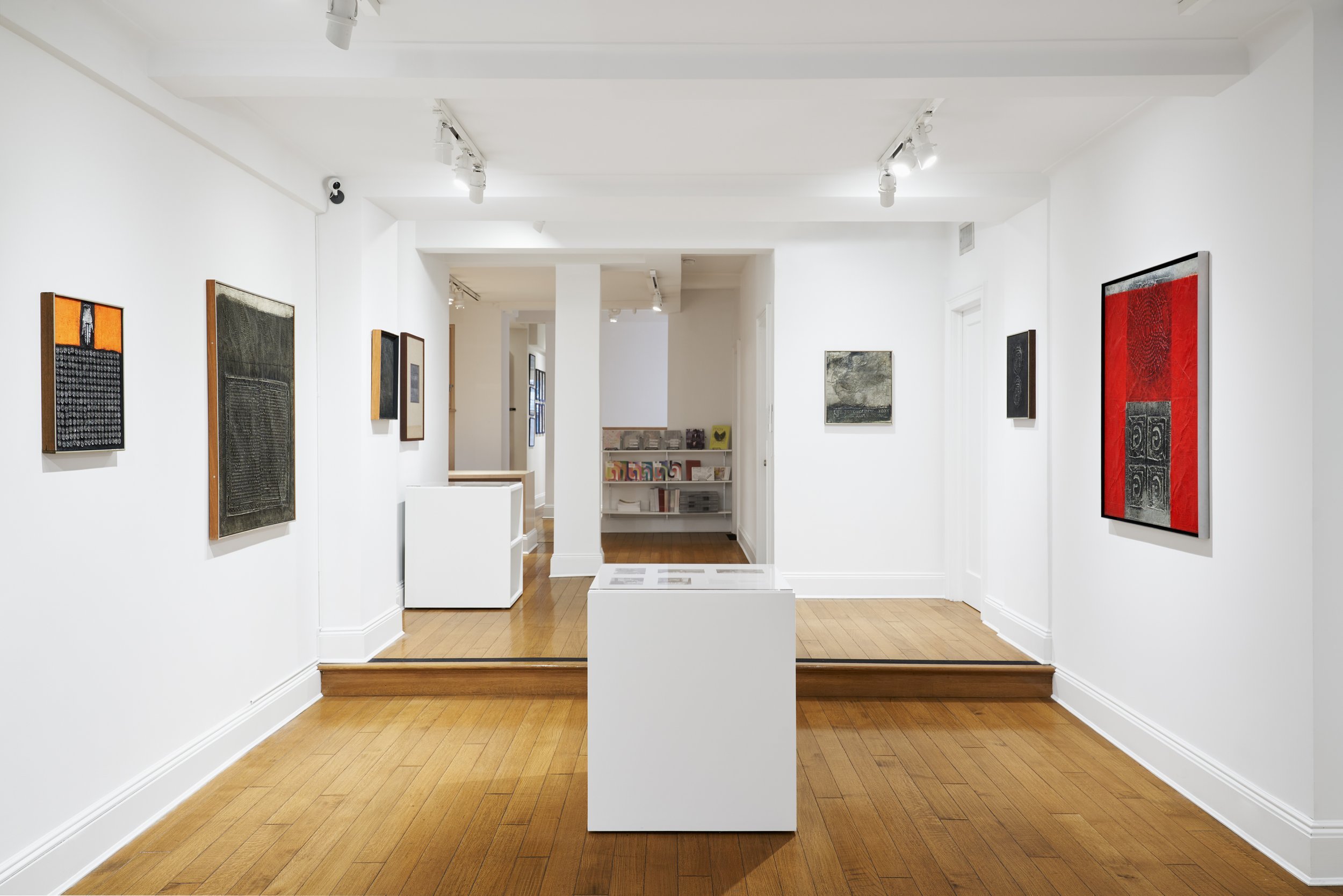
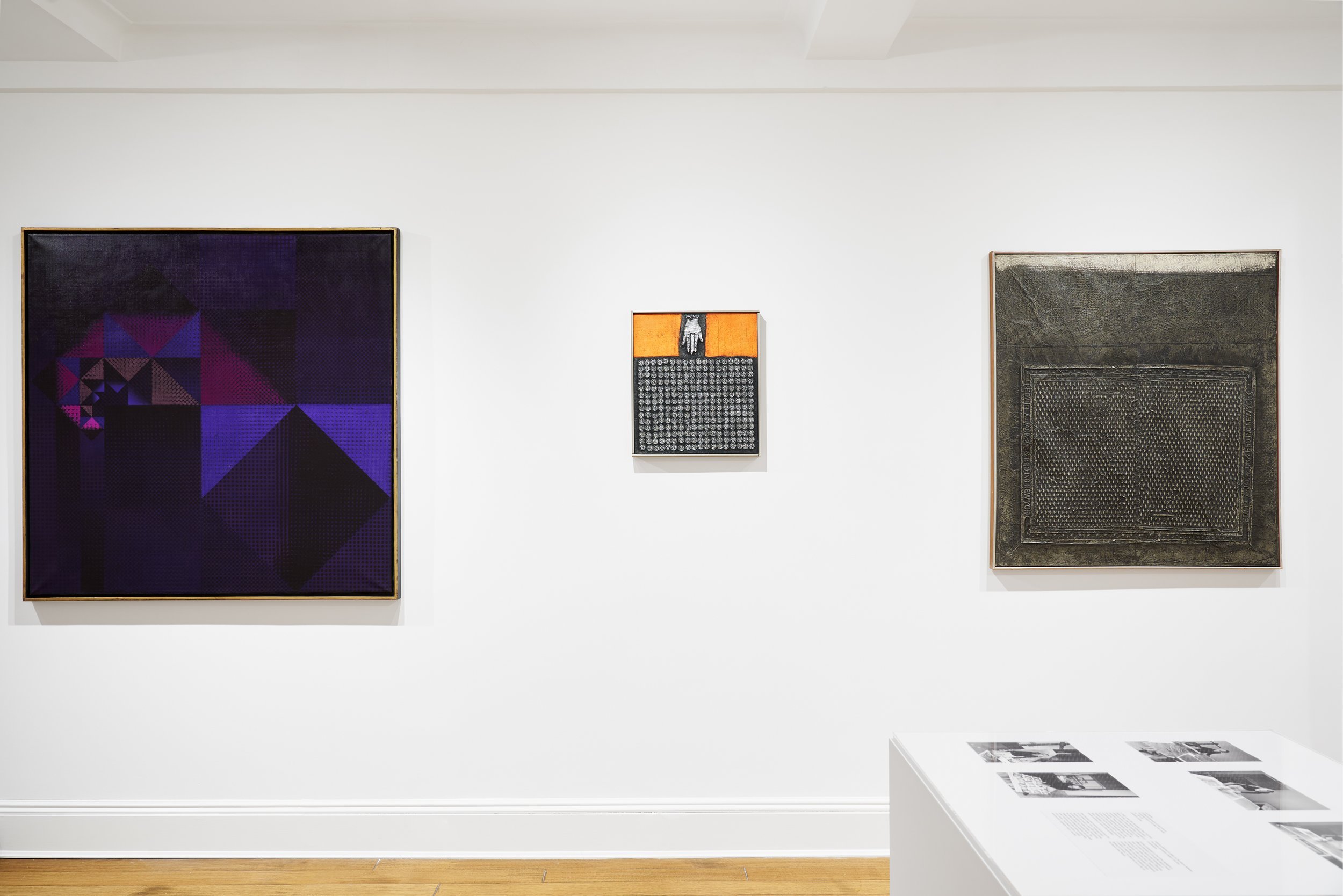
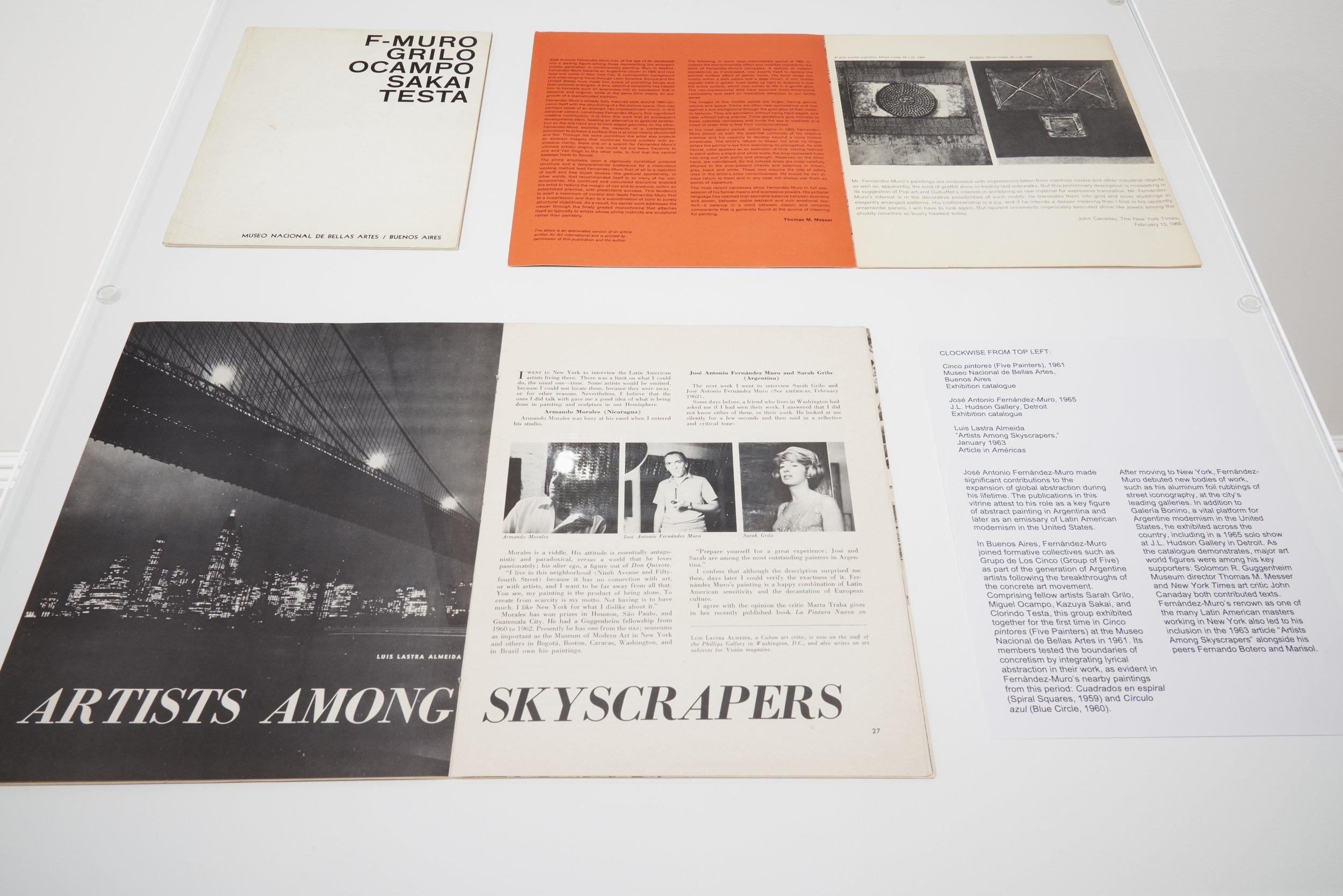
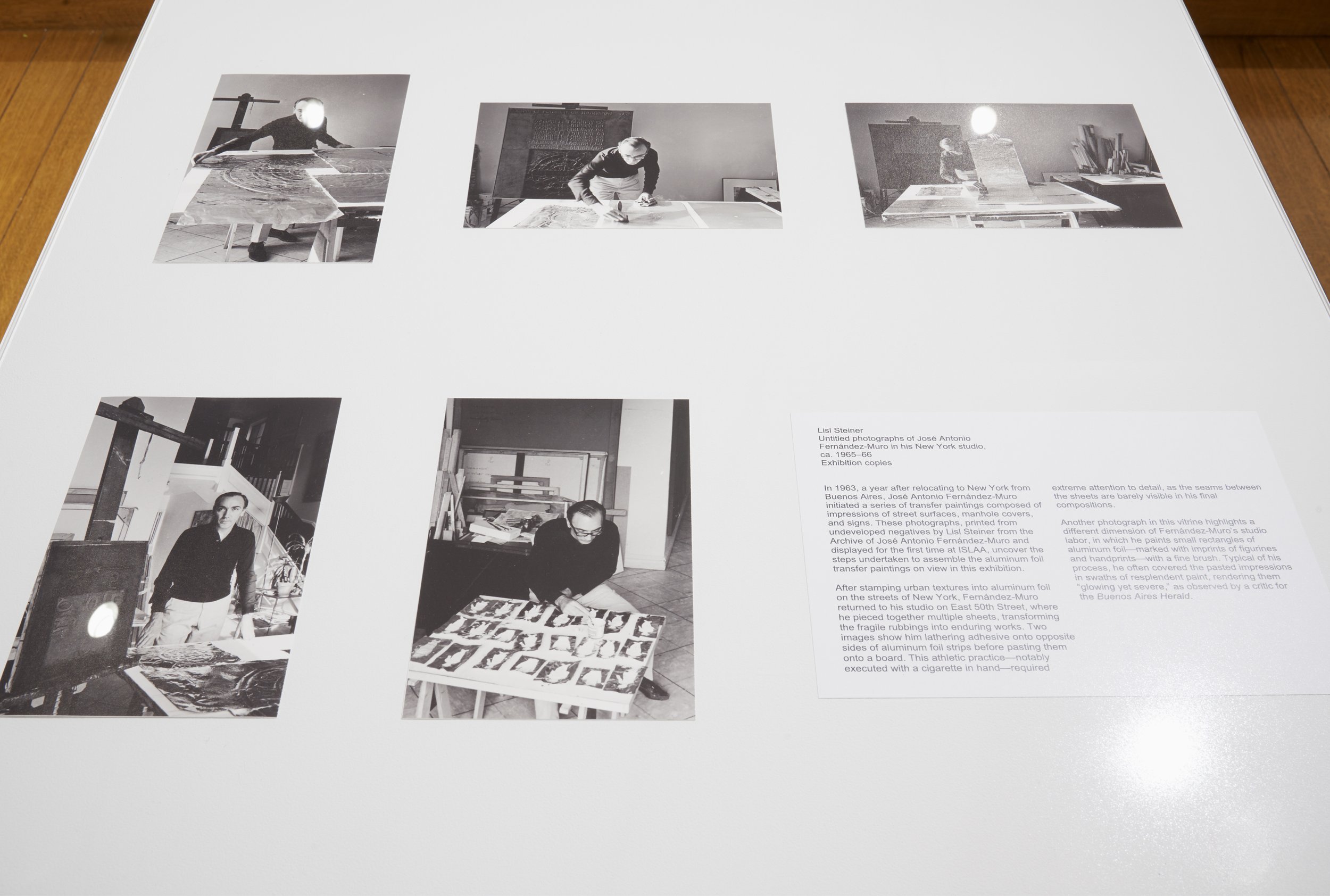

![Rojo (Leaden Gate) (Red [Leaden Gate]), 1964. Oil and aluminum foil pasted on canvas, 40 x 36 in. (101.6 x 91.4 cm). Courtesy Institute for Studies on Latin American Art (ISLAA). © Estate of José Antonio Fernández-Muro.](https://images.squarespace-cdn.com/content/v1/5c16ef39620b85bb8b0a9b7a/1633058958016-JGHL4V50Y4OIFAHVIK88/Jose-Antonio-Fernandez-Muro_Rojo-Leaden-Gate_Front-1-1391x1536.jpeg)


![Al gran pueblo argentino… (1964), Acrylic [synthetic polymer] wash over aluminum foil gilt on canvas / Blanton Museum of Art, The University of Texas at Austin](https://images.squarespace-cdn.com/content/v1/5c16ef39620b85bb8b0a9b7a/1600198040604-VGZLEWSAMEOFW9LB64AZ/G1971.3.19-849x1024.jpg)











